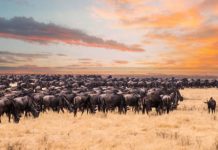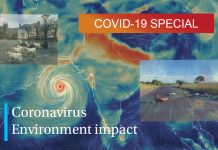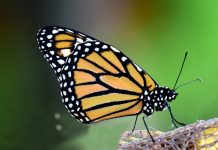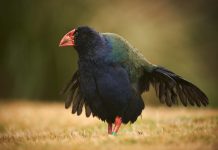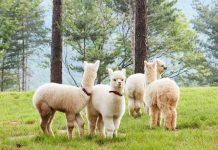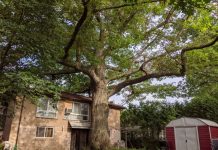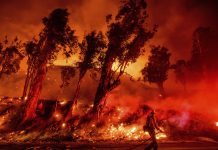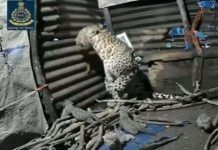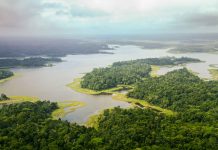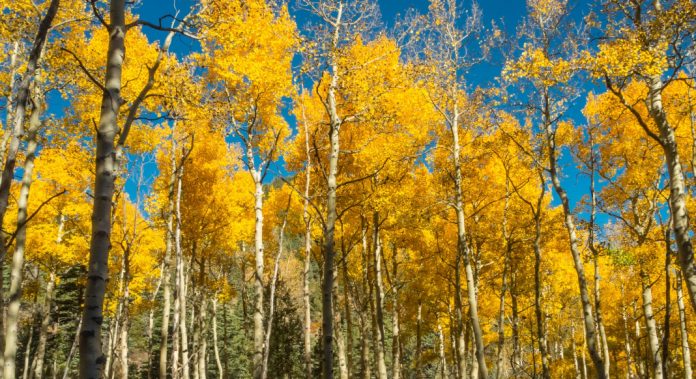The Pando is also known as the trembling giant, a tree colony in Utah, and is actually a single species. Above the ground, the Pando looks like a single tree, but underground trees are interconnected by a single and large root system and are genetically identical.
Pando was discovered by Burton Barnes, a botanist at the University of Michigan for the first time. He initially doubted the size of the estate and began to speculate about its size, weight and age. Michael Grant, a professor of ecology and evolutionary biology at the University of Colorado at Boulder, confirmed Barnes’ research and proposed the name “Pando” in Latin as an attempt to give the public a sense of identity which means that “I have spread”.
Aspens have the unique ability to produce genetically identical offspring through branches from their root system. Through the possibility of asexual multiplication through their root system, Aspens tend to colonize large tracts of land through a shared root system. The root system of the Pando, estimated as 80,000 years old, is among the oldest living organisms in the world.
The Pando occupies 43 hectares (106 acres) of land and is collectively estimated to weigh about 6,000,000 kilograms (6,600 tons short). There are about 47,000 aspen stems. Almost all of the old stems are between 110 and 130 years old, which is the average life span of a single quaking aspen stem. Students and educational sectors of academic disciplines and organizations work together to understand Pando’s wisdom, how it has survived and evolved in such an extraordinary time.
Pando is located in the Fremont River Ranger District in the Fish lake National Forest on the western edge of the Colorado Plateau in south-central Utah. If you have went to the Colorado Mountains you have seen the Aspen shock. They are known for their bright yellow color in the fall and for the sound, as the wind passes through their leaves.
A study published in October 2018 concludes that Pando did not grow for the last 30-40 years. The team conducted a monitoring with the help of land surveyors through the Aspen Estate and studied up to 72 years of aerial photography to develop a timely story of how Pando has changed over time.
The study found that the combination of interventions of hungry animals and humans led to Pando’s slow deterioration. The mule deer and cows are allowed to grazing in the forest during the summer months, while the new buds and leaves of the new growth is consumed by them and damage the growth of new aspen. However, aspen possess chemical defenses that leave a bad taste in animal’s mouths when consumed. But, of the deer and other animals that roam on the Pando, often only a handful of animals that have adapted and able to taste and so consume.
Another threat is to Pando is the human development in the area, with the combination of camping grounds, power lines, climbing trails, cabins and more. These are the two major threats that have gradually shrunk and thinned the size of the Pando over the past 50 years.
There are ways in which people can intervene to give Pando required time to recover. Scientists have found that fencing has some success in protecting Pando’s from animals. So, that supports Aspens to grow and reproduce in the protected areas. In 2006, the US Postal Service honored this organism “Pando” as one of “40 Wonders of America.”
Cover Photo – gsegelken on flickr
References
Interesting facts about Pando (tree). (n.d.). Retrieved from Just Fun Facts: http://justfunfacts.com/interesting-facts-about-pando-tree/
Nace, T. (2018, October 18). The World’s Largest Organism, Pando, Is Dying. Retrieved from Forbes: https://www.forbes.com/sites/trevornace/2018/10/18/the-worlds-largest-organism-pando-is-dying/#ea9abd25554c
Pando is the name of the largest organism on Earth, and one of the oldest – a quaking aspen that extends over 100 acres from a single root. (n.d.). Retrieved from Pando Populus: https://pandopopulus.com/about/pando-the-tree/

